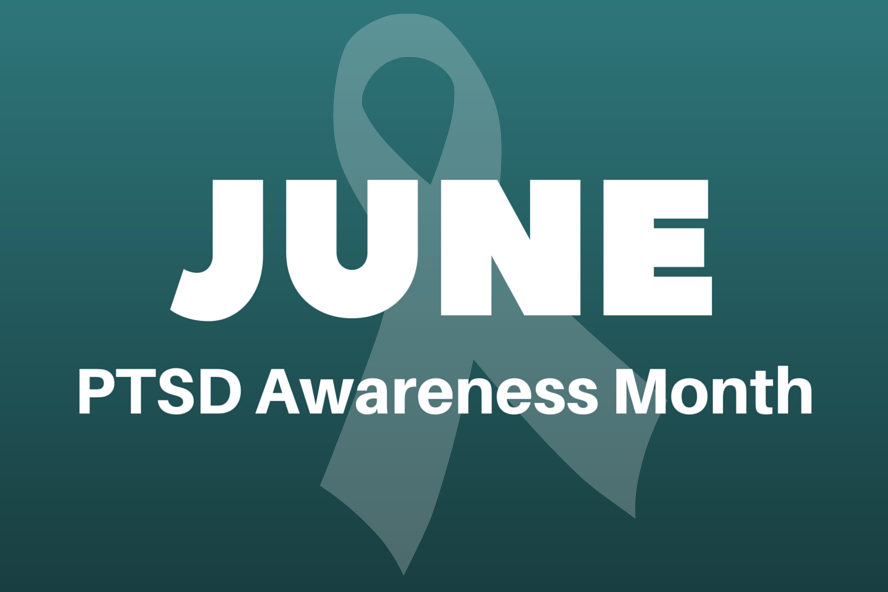By Patricia Dean, LCSW
“It isn’t in my past. It’s in my every day.” Helen Wilson
There are millions of people around the world who have experienced traumatic events in the past that replay endlessly in the present.
With PTSD, any sensory input can trigger flashbacks and nightmares no matter how much time has passed since the traumatic event. June is Post Traumatic Stress Disorder Awareness Month. It is a month dedicated to raising awareness about the struggle experienced by people diagnosed with PTSD.
PTSD can happen to anyone, at any age. Experiencing trauma is not exclusive to one gender or age group. Women are more likely to experience sexual assault and child sexual abuse. Men are more likely to experience accidents, physical assault, combat, disaster, or to witness death. Children can also be diagnosed with PTSD. Very stressful events such as a serious injury or illness, exposure to domestic violence in the home, the death of a close family member or friend, and physical or sexual abuse can affect the child long-term. Long term symptoms that negatively impact daily functioning may result in a diagnosis of PTSD.
The following statistics are based on the U.S. population:
- About 7 or 8 out of every 100 people (or 7-8% of the population) will have PTSD at some point in their lives.
- About 8 million adults have PTSD during a given year. This is only a small portion of those who have gone through a trauma.
- About 10 of every 100 women (or 10%) develop PTSD sometime in their lives compared with about 4 of every 100 men (or 4%).
https://www.ptsd.va.gov/understand/common/common_adults.asp
PTSD does not have to be a life sentence. There are effective evidence-based therapies for treating the disorder. The trauma-focused psychotherapies with the strongest evidence are:
- Prolonged Exposure (PE)
Teaches you how to gain control by facing your negative feelings. It involves talking about your trauma with a provider and doing some of the things you have avoided since the trauma. - Cognitive Processing Therapy (CPT)
Teaches you to reframe negative thoughts about the trauma. It involves talking with your provider about your negative thoughts and doing short writing assignments. - Eye Movement Desensitization and Reprocessing (EMDR)
Helps you process and make sense of your trauma. It involves calling the trauma to mind while paying attention to a back-and-forth movement or sound (like a finger waving side to side, a light, or a tone).
The clinicians at Georgetown Psychology have experience in conducting these approaches. Contact us for further information or to schedule an initial consultation.






